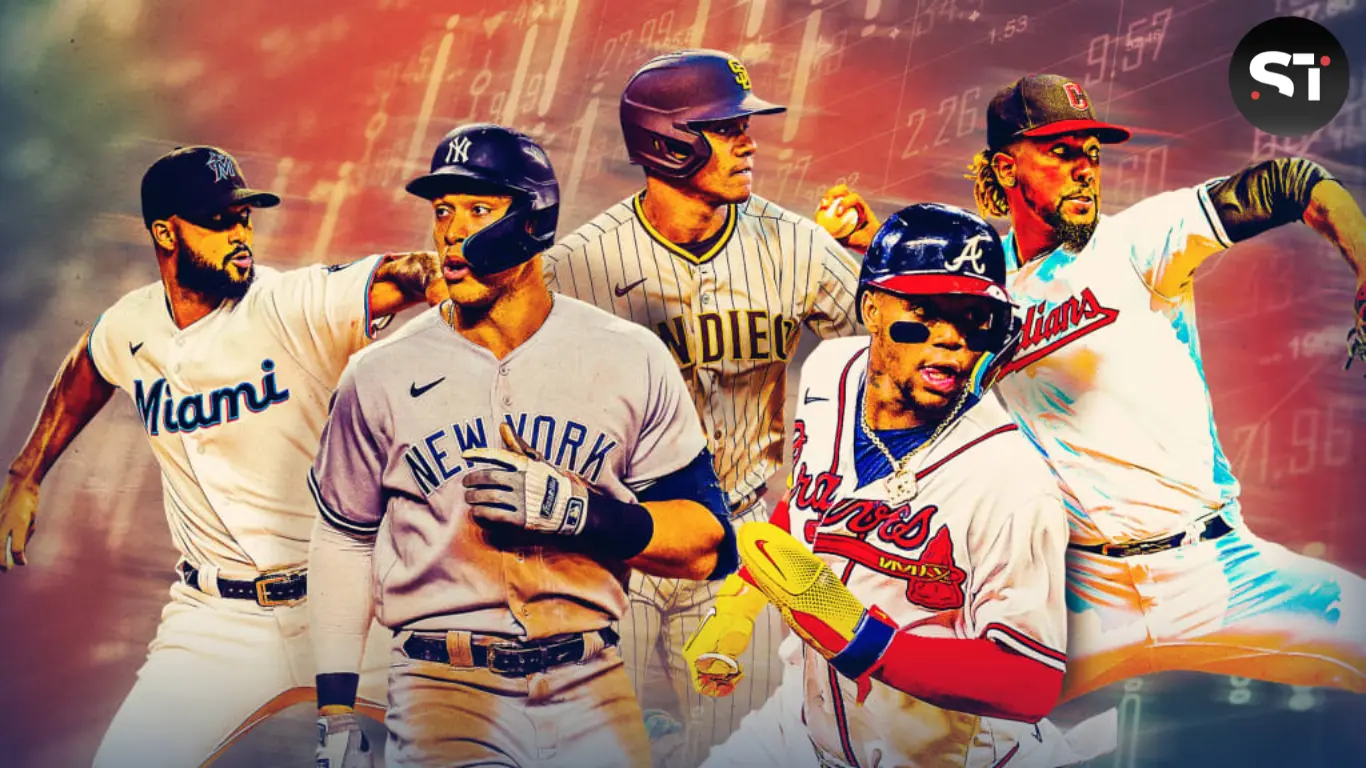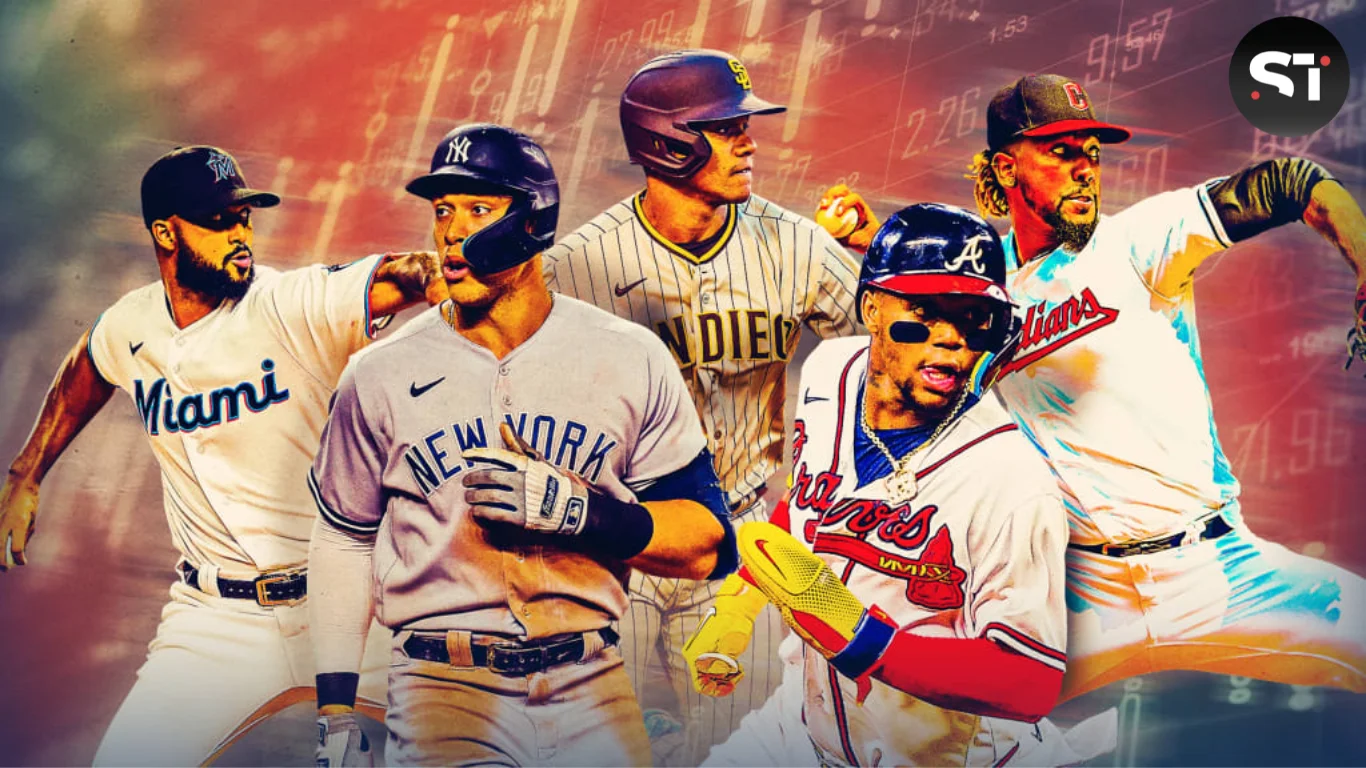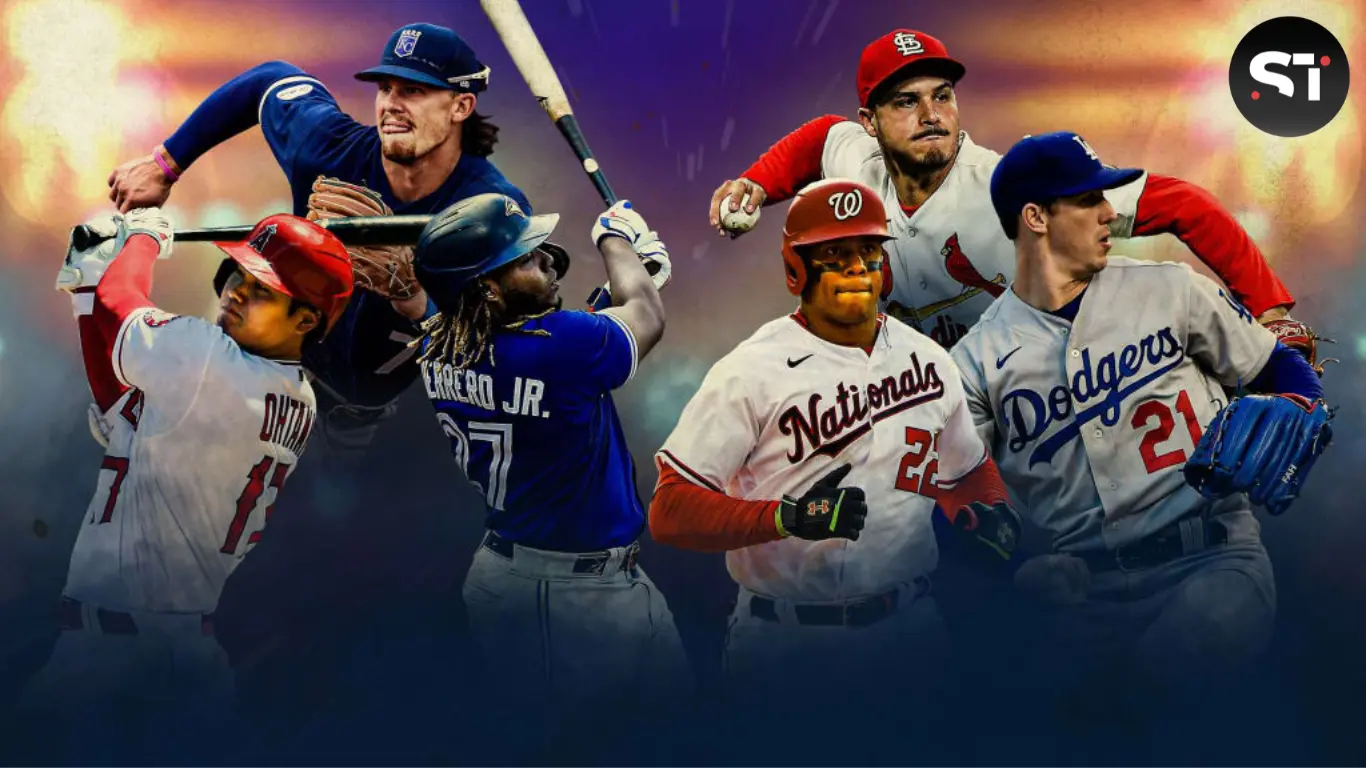There’s something magical about stepping into ballparks. The crack of the bat, the roar of the crowd, and the smell of fresh-cut grass all combine to create an experience unlike any other in sports. But not all ballpark stadiums are created equal.
From historic gems to modern marvels, each MLB ballpark has its own unique charm and character. In this article, we’ll explore some of the most beloved ballparks in Major League Baseball, examining what makes them special and attempting to answer the age-old question: which stadium truly reigns supreme?
The Classics: Honoring Baseball’s Rich History
Fenway Park: The Grande Dame of Baseball
No discussion of great ballparks would be complete without mentioning Fenway Park, home of the Boston Red Sox. Opened in 1912, Fenway is the oldest active MLB ballpark and its charm lies in its quirks and imperfections. The iconic Green Monster in left field, the Pesky Pole in right, and the cramped, intimate seating all contribute to an atmosphere that feels frozen in time.

What sets Fenway apart is how it seamlessly blends history with modern amenities. Despite numerous renovations over the years, the park has managed to maintain its classic feel while still providing fans with contemporary comforts. It’s a living museum of baseball history, where you can almost feel the presence of legends like Ted Williams and Carl Yastrzemski.
Wrigley Field: The Friendly Confines
Moving westward, we find another centenarian ballpark stadium that has stood the test of time: Wrigley Field in Chicago. Home to the Cubs since 1916, Wrigley is famous for its ivy-covered outfield walls, its hand-operated scoreboard, and the unique experience of rooftop seating across the street.

Like Fenway, Wrigley has undergone significant renovations in recent years, but great care has been taken to preserve its historic charm. The addition of modern video boards, for instance, was done in a way that complements rather than detracts from the park’s classic aesthetics. There’s something special about watching a day game at Wrigley, with the warm summer breeze blowing off Lake Michigan – it’s baseball as it was meant to be experienced.
Modern Marvels: Pushing the Boundaries of Ballpark Design
Oracle Park: A Bay Area Gem
Shifting our focus to more modern ballparks, Oracle Park in San Francisco stands out as a shining example of contemporary stadium design. Opened in 2000, this MLB ballpark seamlessly integrates with its surroundings, offering breathtaking views of San Francisco Bay.

What makes Oracle Park special is how it combines state-of-the-art facilities with unique features that give it character. The giant Coca-Cola bottle and oversized baseball glove in left field are instantly recognizable, while the opportunity for “splash hits” into McCovey Cove adds an extra layer of excitement to home runs.
The park also excels in its food offerings, with garlic fries and Ghirardelli hot chocolate becoming must-try staples for visitors.
PNC Park: The Perfect Blend of Old and New
In Pittsburgh, PNC Park has been wowing fans since 2001 with its stunning views of the city skyline and intimate feel. Despite being a modern ballpark, PNC Park was designed with a classic aesthetic in mind, featuring a limestone facade and steel truss work that pays homage to Pittsburgh’s industrial heritage.

What truly sets PNC Park apart is its size and layout. With just over 38,000 seats, it’s one of the smaller MLB ballparks, but this intimacy means there isn’t a bad seat in the house. The two-deck design keeps fans close to the action, while the open concourses allow for constant views of the field.
Add in the picturesque Allegheny River setting and the Roberto Clemente Bridge, and you have a ballpark stadium that many consider to be the most beautiful in baseball.
Unique Features: What Makes a Ballpark Stand Out
Minute Maid Park: Bringing the Outdoors In
Houston’s Minute Maid Park offers a unique solution to the challenge of playing baseball in the sweltering Texas heat. This ballpark features a retractable roof, allowing for open-air baseball when the weather cooperates and climate-controlled comfort when it doesn’t. But what really makes Minute Maid Park special is how it incorporates outdoor elements into its indoor design.

The most notable feature is the train that runs along the left field wall, a nod to the station that once occupied the site. Tal’s Hill, a former quirk in center field that featured an incline and a flagpole in play (though it was removed in 2016 to make way for renovations), used to be there. These unique elements give Minute Maid Park a character all its own, making it more than just another dome.
T-Mobile Park: Technology Meets Tradition
In Seattle, T-Mobile Park (formerly Safeco Field) represents the perfect marriage of traditional ballpark aesthetics with modern technology. They opened this stadium in 1999. This stadium has a unique retractable roof design that acts more like an umbrella than a complete enclosure, allowing for an open-air feel even when the roof is closed. What truly sets T-Mobile Park apart is its embrace of technology.

The stadium was one of the first to introduce LED lighting, providing a crisper, more television-friendly illumination. It also boasts one of the largest video boards in MLB, ensuring fans never miss a moment of the action. Despite these modern touches, the park maintains a classic feel with its brick facade and views of Puget Sound. Creating a ballpark experience that’s both cutting-edge and comfortably familiar.
Fan Experience: More Than Just the Game
Dodger Stadium: The Classic California Experience
While the quality of the ballparks themselves is crucial. The overall fan experience plays a significant role in determining a stadium’s greatness. In this regard, Dodger Stadium in Los Angeles stands out. Opened in 1962, it’s the third-oldest ballpark in MLB, but it has aged like fine wine.

What makes the Dodger Stadium experience special is how it encapsulates the essence of Southern California. From the palm trees swaying in the outfield to the pastel seat colors reminiscent of a sunset, everything about this ballpark stadium screams “LA.”
The famous Dodger Dogs, the organ music, and the opportunity to see a game and be home in time to catch the late local news (thanks to the notorious LA traffic) all contribute to a uniquely Los Angeles baseball experience.
Miller Park: Tailgating Paradise
Many fans begin their ballpark experience long before the first pitch is thrown. In Milwaukee, Miller Park (now American Family Field) has become legendary for its tailgating scene. The massive parking lots surrounding the stadium become a sea of grills, coolers, and games hours before each contest.

Inside the park, the experience continues with the famous sausage race and the giant slide that Bernie Brewer uses to celebrate home runs. The retractable roof prevents rain from canceling games, while the park’s design brings fans close to the action. It’s this combination of pre-game festivities and in-game excitement that makes Miller Park a favorite among baseball purists and casual fans alike.
The Impossible Choice
The battle of MLB ballparks showcases the diversity in baseball stadium design. From historic gems like Fenway Park to modern marvels such as Oracle Park. Each ballpark offers unique features, blending tradition with innovation. While classic stadiums preserve baseball’s rich history, newer ballpark stadiums push boundaries with cutting-edge amenities and spectacular views.
Ultimately, the greatest ballpark is subjective, determined by personal experiences and cherished memories. Whether it’s the intimate feel of Wrigley Field or the tech-savvy atmosphere of T-Mobile Park. These stadiums continue to captivate fans, serving as iconic venues where baseball history unfolds.







